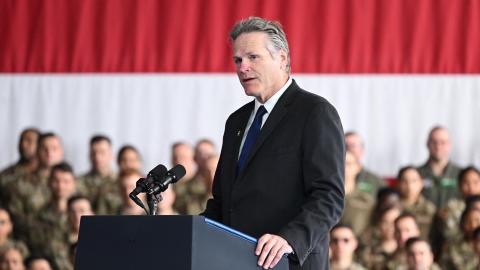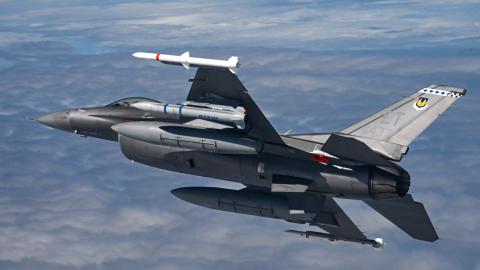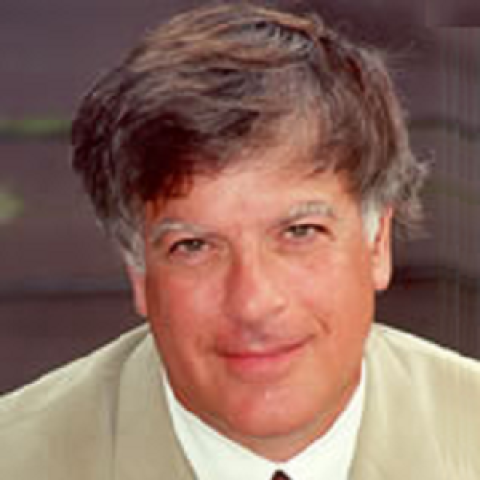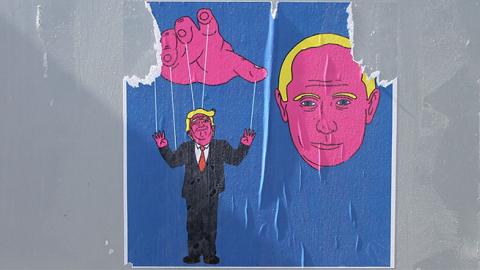As U.S politicians plunge into the hall of mirrors that is Russian intelligence, they are assuming that Russians think as they do—a perfect way to misunderstand Moscow’s real intentions.
Portions of the “resistance” to President Trump are convinced he colluded with Russia to win the 2016 election. But the known facts do not support a Russia-Trump plot to defeat Hillary Clinton. Russia’s actions are consistent instead with an attempt to turn Americans against each other and sow distrust between the president and the American intelligence services.
For Russians, the difference between Mr. Trump and Mrs. Clinton simply was not that significant. Mr. Trump made naive and uninformed remarks during the campaign. But Mrs. Clinton, as secretary of state, showed no grasp of Russian realities. She launched the “reset” policy after the murders of Alexander Litvinenko, a former Russian intelligence agent who had been granted asylum in Britain, and Anna Politkovskaya, Russia’s leading investigative journalist. In both cases, the regime of Vladimir Putin was directly implicated.
Instead of trying seriously to deter Russian aggression, which in Ukraine so far has claimed more than 10,000 lives, the Obama administration in 2009 created the McFaul-Surkov commission. Michael McFaul, Mr. Obama’s chief adviser on Russia, was tasked with building civil society alongside Vladislav Surkov, a Kremlin aide responsible for suppressing it.
The reset was intended to support Dmitry Medvedev, who was Russia’s president from 2008 to 2012 before Mr. Putin returned for a third term. But while Mr. Medvedev was chairman of Gazprom from 2001 to 2007, 6.4% of the state energy conglomerate’s shares—$20 billion worth—went missing. When nationwide anticorruption protests were held in Russia this March, the target was now-Prime Minister Medvedev, who was treated as “the face of state corruption.”
Russia’s 2015-16 hacking operation was also carried out in a way that would have made a focused and tightly held conspiracy nearly impossible. Last October my emails were stolen by Fancy Bear, the same Russia-linked group that hacked John Podesta, Mrs. Clinton’s campaign chief. Citizens Lab, a University of Toronto cybersecurity project found that I was part of an operation aimed at 218 unique targets—officials, journalists and military—in at least 39 countries. Former FBI Director James Comey said during his recent testimony that since 2015 there could be more than 1,000 entities targeted by Russian hackers in the U.S. alone.
Hacking on this scale would have been difficult to coordinate with any American political operatives, let alone in the heat of a presidential race. Further, Russian influence operations are almost always a matter of facilitation rather than subordination. Victor Louis, a KGB agent and the father of Soviet disinformation, successfully insinuated lies into the Western press by presenting them as inside information. “American reporters,” he once told me jokingly, “always steal my best ideas.”
WikiLeaks’s Julian Assange may be sincere when he says that “our source is not the Russian government,” but only because he is more useful to Moscow if he thinks he is acting independently. The Russian practice of achieving objectives “through the hands of others” would make it nearly impossible to coordinate with the Trump campaign as some have alleged.
Perhaps most important, Russian intelligence also acted to sabotage Mr. Trump. The “Trump dossier,” full of unverified sexual and political allegations, was published in January by BuzzFeed, despite having all the hallmarks of Russian spy agency “creativity.” The dossier was prepared by Christopher Steele, a former British intelligence officer. It employed standard Russian techniques of disinformation and manipulation. The dossier depicts Mr. Putin as dedicated to “Nineteenth Century ‘Great Power’ politics,” determined to prosecute “oligarchs” and “motivated by fear and hatred of Hillary Clinton.”
After the publication of the Trump dossier, Mr. Steele went into hiding, supposedly in fear for his life. On March 15, however, Michael Morell, the former acting CIA director, told NBC that Mr. Steele had paid the Russian intelligence sources who provided the information and never met with them directly. In other words, his sources were not only working for pay. Furthermore, Mr. Steele had no way to judge the veracity of their claims.
The payments are likely to have been high. So who provided the money? An April Vanity Fair article determined that the research that became the dossier was originally funded by a “Never Trump” Republican. After Mr. Trump sewed up the GOP nomination, however, “Democratic donors” kept the effort alive. Perhaps the time has come to expand the investigation into Russia’s meddling to include Mrs. Clinton’s campaign as well.
Investigating the role of Russian disinformation in the 2016 election requires understanding the layers of deception in which Russian intelligence specialize. This won’t be possible if Mr. Trump and his adversaries are more determined to destroy each other than to face the Russian threat. Americans must understand that the Putin regime wants to paralyze the U.S., but would rather have Americans do it with their own hands.
















